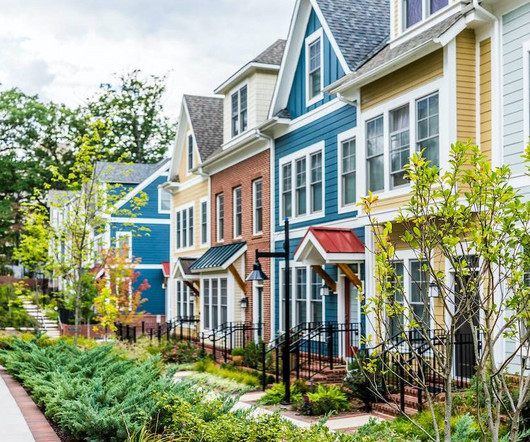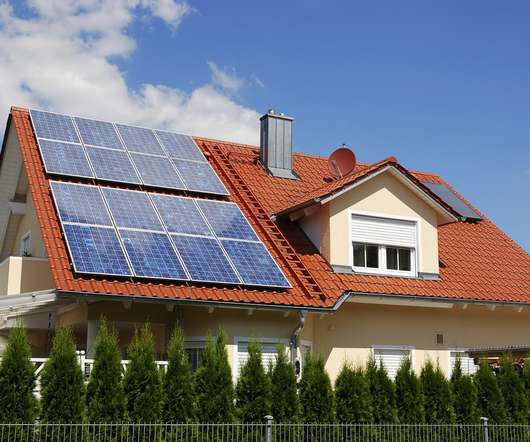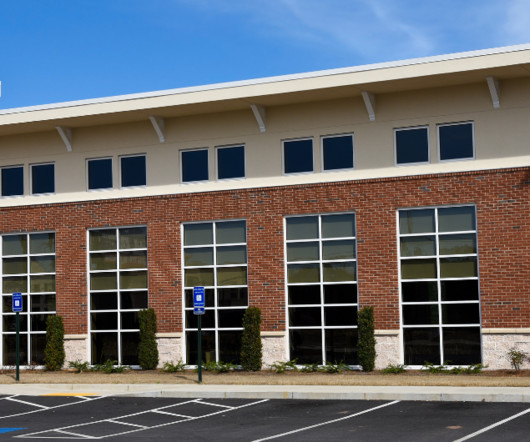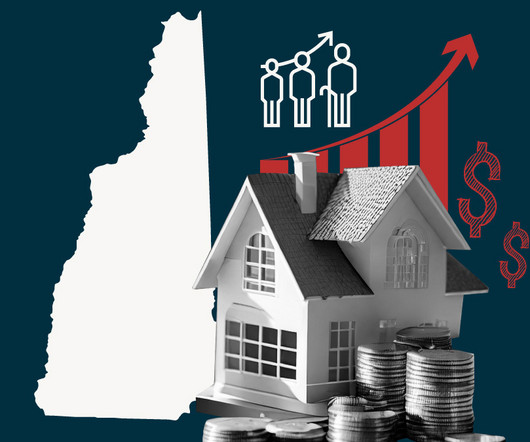AARP reveals proposals for national plan on aging
Housing Wire
JULY 23, 2024
population , and the trend that will see 20% of all Americans become at least the age of 65 by 2030. homes have key accessibility features (down from 4% in 2011 ), a national plan on aging can help develop universal design standards to address these challenges that will become more pronounced as the population ages.












Let's personalize your content